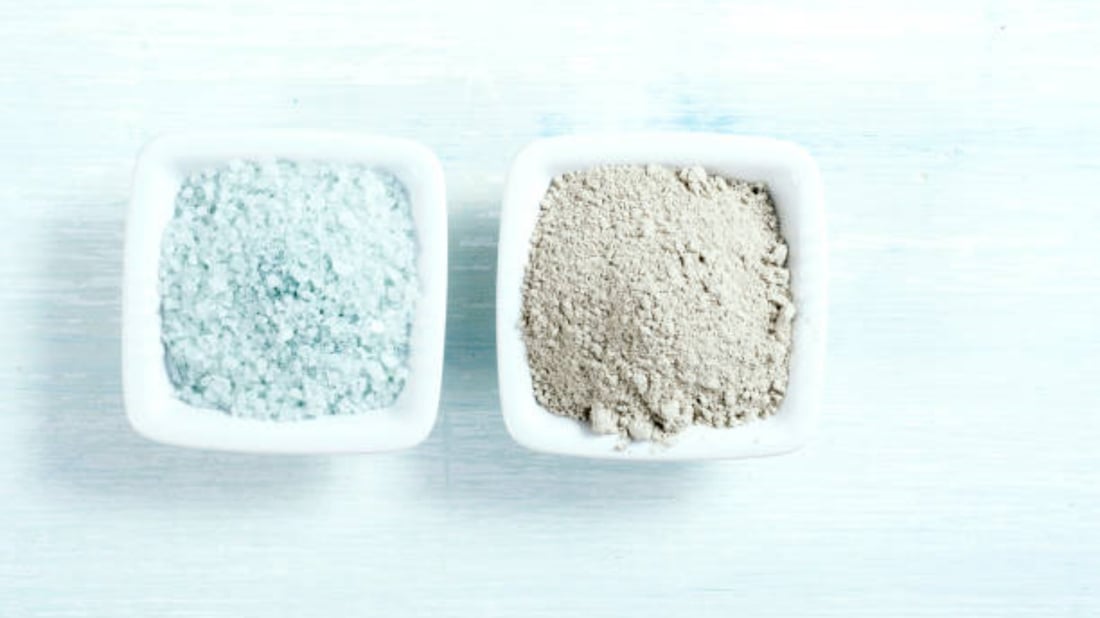Exploring the efinaconazole brand name: A Comprehensive Guide
When it comes to treating nail fungus, one brand that stands out is Efinaconazole. This antifungal medication has gained popularity for its effectiveness in combating fungal infections of the toenails and fingernails. In this article, we will delve into the various aspects of Efinaconazole, including its brand name, uses, benefits, side effects, and more. Read on to discover all you need to know about this remarkable treatment option.
Understanding the Efinaconazole Brand Name

The brand name of a medication plays a crucial role in its recognition and marketing. Efinaconazole is the generic name of this antifungal treatment, and it is marketed under the brand name Jublia. Developed by Valeant Pharmaceuticals, Jublia has become synonymous with effective nail fungus treatment.
The Uses of Efinaconazole

Efinaconazole is primarily used to treat onychomycosis, a common condition caused by fungal infection of the toenails or fingernails. This medication works by inhibiting the growth of fungi, making it an effective solution for individuals struggling with nail fungus.
The Benefits of Efinaconazole

1. High Success Rate: Clinical studies have shown that Efinaconazole is highly effective in treating nail fungus. It has demonstrated a high success rate in clearing the infection, promoting healthy nail growth, and preventing reoccurrence.
2. Topical Application: Unlike some other treatments, Efinaconazole is applied topically to the affected nail. This makes it convenient and easy to use, without the need for oral medications or invasive procedures.
3. Minimal Side Effects: Efinaconazole is generally well-tolerated, with minimal side effects reported. Most common side effects include mild skin irritation, redness, or itching at the application site.
How to Use Efinaconazole

Using Efinaconazole is a straightforward process. Follow these steps to ensure proper application and maximize its effectiveness:
1. Begin by cleaning and drying the affected nail(s) and surrounding area.
2. Apply a thin layer of Efinaconazole solution to the entire nail surface and the nearby skin.
3. Allow the solution to dry completely before putting on socks, shoes, or gloves.
4. For best results, apply Efinaconazole once daily, preferably at bedtime.
5. Continue the treatment as directed by your healthcare provider, even if you notice improvement. Nail fungus can be persistent, and completing the full course of treatment is essential for long-term success.
Potential Side Effects of Efinaconazole
While Efinaconazole is generally well-tolerated, some individuals may experience mild side effects. These can include:
1. Skin irritation, redness, or itching at the application site.
2. Ingrown toenail.
3. Contact dermatitis (rare).
If you experience any severe or persistent side effects, it is important to consult your healthcare provider for further guidance.

Precautions and Warnings
Before using Efinaconazole, it is essential to consider the following precautions:
1. Inform your healthcare provider about any existing medical conditions, allergies, or medications you are currently taking.
2. Avoid contact with eyes, mouth, or other mucous membranes while applying Efinaconazole.
3. If you are pregnant, planning to become pregnant, or breastfeeding, consult your healthcare provider before using this medication.

Conclusion
When it comes to effectively treating nail fungus, Efinaconazole, marketed as Jublia, has proven to be a reliable and convenient solution. With its high success rate, minimal side effects, and easy application, Efinaconazole has become a go-to choice for individuals seeking an effective treatment for onychomycosis. If you are struggling with nail fungus, consult your healthcare provider to see if Efinaconazole is the right option for you.

